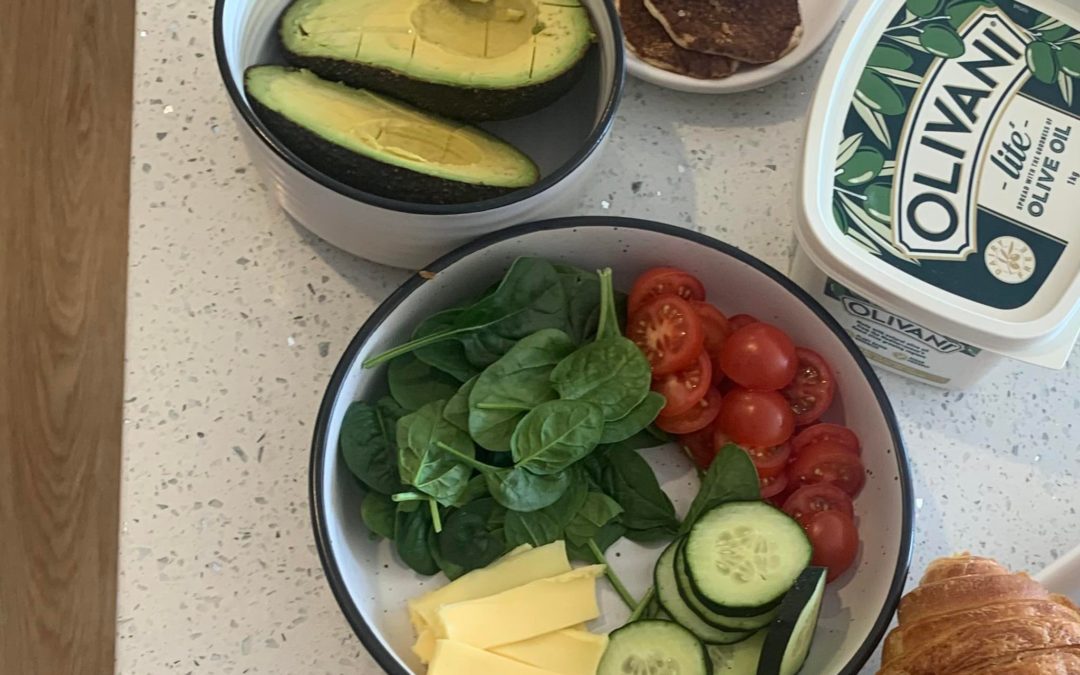The green vegetable monster: Why vegetables are so challenging for children
When asked what the most common food group that children have challenges with, my answer is always an overwhelming, vegetables. If I had to get more specific it would be green vegetables that prove the most challenging.
To begin to understand why green vegetables are so challenging, there is a very key part of the brain that we need to become familiar with. The Amygdala, known as our threat detection centre, plays a crucial role in keeping us alive. The Amygdala is constantly scanning the environment for threat and danger and often activates the body’s fight, flight, freeze response. The Amygdala can get it wrong, perceiving danger when there is not real danger, for example around mealtimes and food. Once the Amygdala has been activated, it is very hard to return it to a state of calm, more challenging in individuals who have experienced developmental trauma.
The Amygdala can be found in something called our reptilian brain, or our survival brain. This brain is the first brain to be developed, from birth to 6 months it is the only active brain. It is also the oldest part of our brain, meaning the structure and function date back to our caveman days (yes, really that far back).
Cavemen were predominantly fruitarians and carnivores, rarely eating any vegetables. This is because vegetables were more often than not poisonous and certainly did not look like they do today. The Amygdala has been programmed since our caveman days to respond to vegetables, especially green vegetables as poisonous and a danger to our body. This is the main reason why children can find vegetables challenging, even some adults still find vegetables challenging.
There are other factors contributing to the challenge that are vegetables.
Breast milk or formula, both are very sweet in flavour. Because we are reliant on formula for our first 6 months, we become used to a very sweet palate. Vegetables are more often than not bitter, which can be a real shock to the body’s system when it has been used to a sweet palate for such a long time to suddenly become bitter.
Vegetables are forever changing, they look, smell and taste different every time we eat them. A raw carrot is different from a cooked, to a stemmed to a grilled and within that, every single carrot is a different shape and size. The unpredictability of vegetables can prompt anxiety and stress for children, particularly children with sensory sensitivities where the slightest difference is noted.
Every child and whānau will be at different stages of their food learning and vegetable journey, but here are a few tips.
- Curiosity rather than eating: Eating the vegetable is the long-term goal, however, we cannot get there if the child won’t touch or be in the same room as the vegetable. Increase curiosity while grocery shopping, during meal preparation, and at the table. See what shapes you can make, creative play ideas (broccoli makes great trees), and interest in the vegetable first.
- Adding to sweet: Some children like sweet cakes, muffins, and biscuits. Have them help you to make a new chocolate muffin with grated zucchini, chocolate cake with grated carrot, not hiding the vegetable but making changes to the food with the assistance of chocolate.
- Focus on fruits: This may seem to be going against what I have just said but if you are thinking that you are just not ready for vegetables, start with fruit. Fruit has the same vitamins and minerals as vegetables, so if you are not up to vegetables, start with fruit.
- Get creative: Make it fun and enjoy the opportunity to create and learn about the vegetable without pressure to eat. We need exposure in different ways before we can get to eating.
Rebecca Barnard

